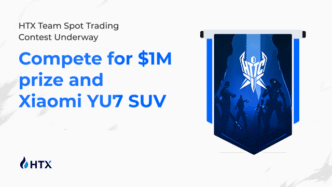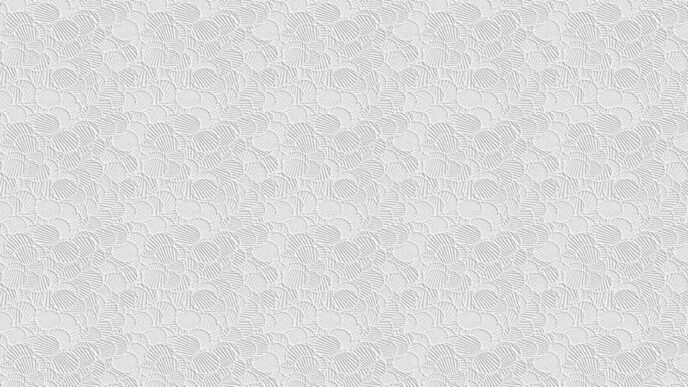Introduction:
In the dynamic world of construction technology, the emergence of printable concrete, also known as 3D-printed concrete, marks a revolutionary step forward. This innovative building material has the potential to reshape the way structures are designed and constructed. In this article, we explore the concept of printable concrete, its applications, benefits, and the transformative impact it could have on the construction industry.
Understanding Printable Concrete:
Printable concrete involves the use of 3D printing technology to create layers of concrete, gradually building up a three-dimensional structure according to a digital model or design. This process offers a level of precision and customization previously unparalleled in traditional construction methods.
Applications:
- Architectural Freedom:
- Printable concrete allows architects and designers to realize intricate and complex structures that may be challenging or impossible with traditional construction methods. The technology opens the door to innovative and aesthetically unique architectural designs.
- Rapid Prototyping:
- The speed and efficiency of 3D printing enable rapid prototyping and iteration in the design phase. Architects and engineers can quickly test and modify designs, streamlining the creative process and reducing time-to-market for construction projects.
- Customization and Personalization:
- Printable concrete facilitates the customization of building elements, allowing for tailored solutions to meet specific functional or aesthetic requirements. This level of personalization can extend to individual homes, creating a new era of bespoke construction.
- Infrastructure Development:
- In the realm of infrastructure, printable concrete can be used to construct bridges, culverts, and other components with enhanced efficiency. The technology offers the potential to accelerate infrastructure projects, minimizing disruptions and reducing overall construction time.
Benefits of Printable Concrete:
- Resource Efficiency:
- Traditional concrete construction often leads to material wastage. Printable concrete, on the other hand, can optimize material usage, minimizing waste and contributing to more sustainable building practices.
- Cost Savings:
- While the initial investment in 3D printing technology may be substantial, the potential for cost savings arises from reduced labor requirements, faster construction times, and the ability to utilize local materials efficiently.
- Complex Geometries:
- The ability to print intricate and geometrically complex structures opens up new possibilities in architecture and design. Printable concrete enables the construction of shapes that were previously difficult or expensive to achieve.
- Reduced Environmental Impact:
- As the construction industry seeks more sustainable practices, printable concrete aligns with the goal of reducing the environmental impact of building. It allows for the incorporation of eco-friendly materials and optimized construction processes.
Challenges and Future Developments:
While printable concrete holds great promise, challenges such as material strength, scalability, and the need for standardized construction codes must be addressed. Ongoing research and development are focused on enhancing the strength and durability of printed structures and establishing industry-wide standards.
Conclusion:
Printable concrete stands at the forefront of a new era in construction, offering a blend of precision, efficiency, and sustainability. As the technology matures and becomes more widely adopted, the construction industry is poised to undergo a transformative shift. From reducing construction timelines to enabling groundbreaking architectural designs, printable concrete represents a dynamic and innovative path forward for the future of construction. As research and development continue to advance, the day may not be far off when 3D-printed structures become a commonplace reality in our built environment.












